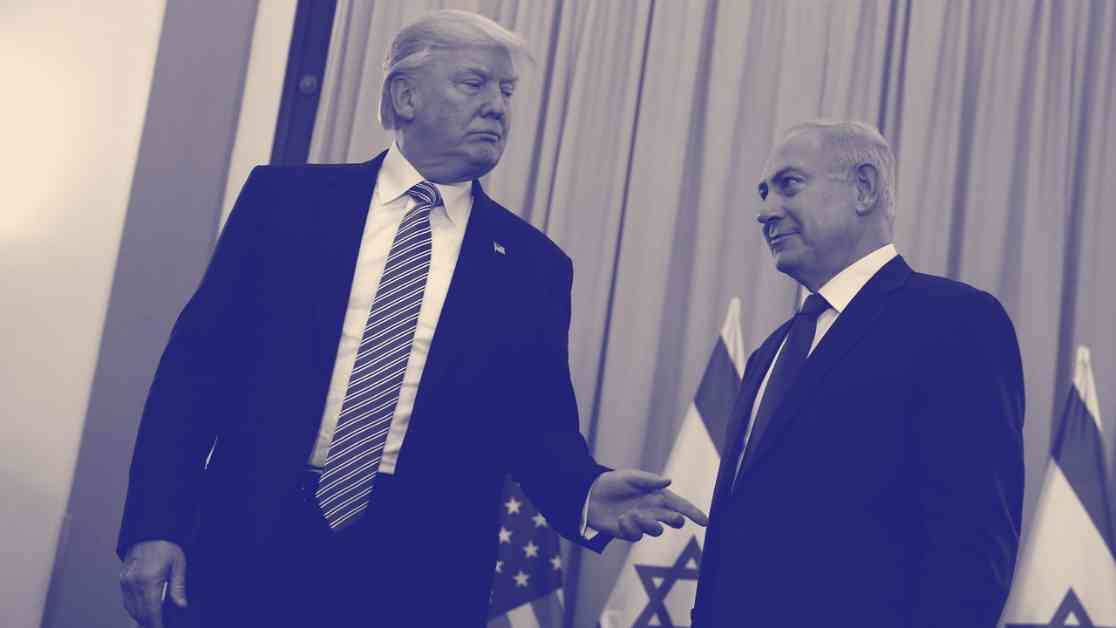Israel-Hamas Ceasefire: A Closer Look at the Current Truce
In a momentous development, Israel and Hamas have reached a groundbreaking ceasefire agreement that could potentially bring an end to the long-standing conflict in Gaza. The multi-phase deal, announced on Wednesday, is set to kick off with the release of some Israeli hostages held by Hamas and the partial withdrawal of Israeli troops from Gaza. Additionally, Palestinian prisoners detained in Israel are slated to be freed, and crucial humanitarian aid, previously obstructed by Israel, will finally flow into the region.
Expert Insight: Decoding the Truce
Aaron David Miller, a distinguished senior fellow at the Carnegie Endowment for International Peace and a former State Department official with extensive experience in Middle East peace negotiations, sheds light on the dynamics behind Israel’s decision to embrace the ceasefire. Miller emphasizes the strategic factors propelling Israel’s acquiescence, including the diminishing leverage of the outgoing U.S. administration and the looming influence of the incoming administration.
Phase One: The Precursor to Peace?
The initial phase of the ceasefire deal is expected to lay the groundwork for subsequent peace-building efforts. While some Israeli hostages and Palestinian prisoners will be released, Gaza will witness a surge in humanitarian assistance. However, the success of this phase hinges on the delicate balance between meeting immediate demands and laying the foundation for a lasting resolution.
Challenges Ahead: Navigating Phases and Political Realities
Looking ahead, the road to lasting peace appears fraught with challenges. The transition from phase one to phase two, marked by the return of all hostages and a complete Israeli withdrawal from Gaza, poses a formidable test for both parties. Netanyahu’s reluctance to cede ground entirely and Hamas’s quest for political gain underscore the intricate negotiations ahead.
As the ceasefire unfolds, the intricate interplay of political, military, and diplomatic factors will shape the trajectory of the conflict. The tenuous balance between short-term gains and long-term aspirations underscores the complex nature of peace-building in the region.
Ultimately, the ceasefire stands as a testament to the power of diplomacy and negotiation in resolving protracted conflicts. As the international community watches with bated breath, the unfolding truce holds the promise of a new chapter in the tumultuous history of the Middle East.












